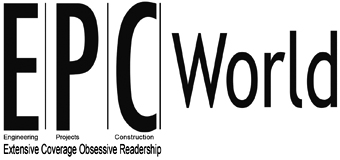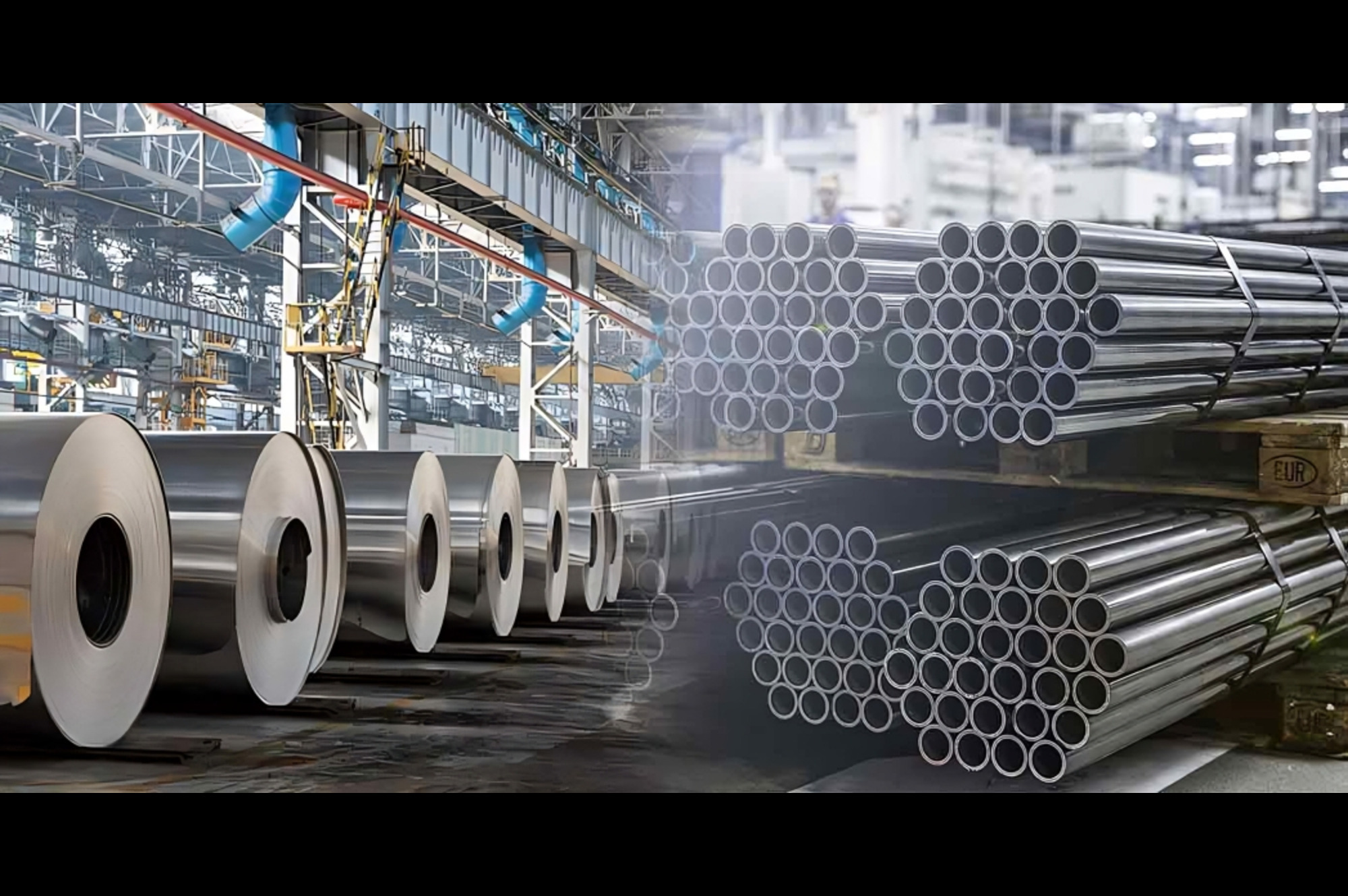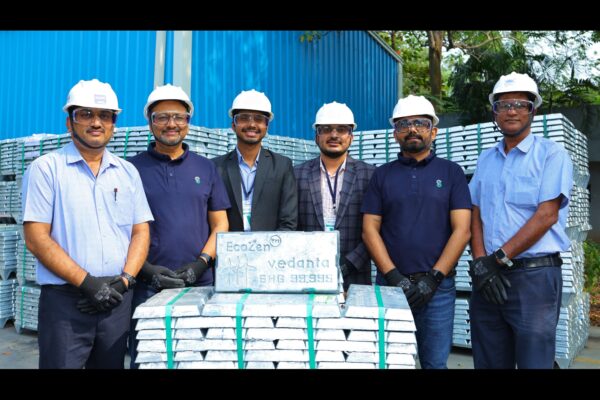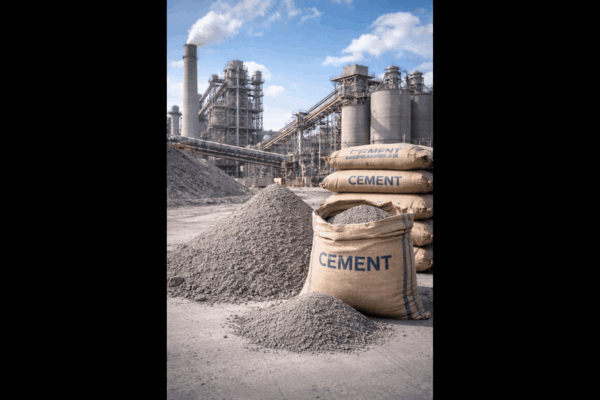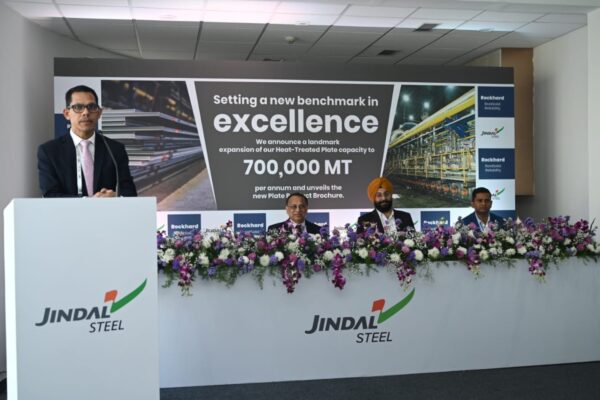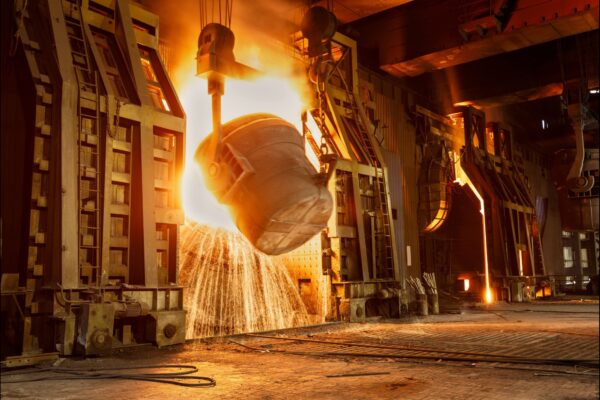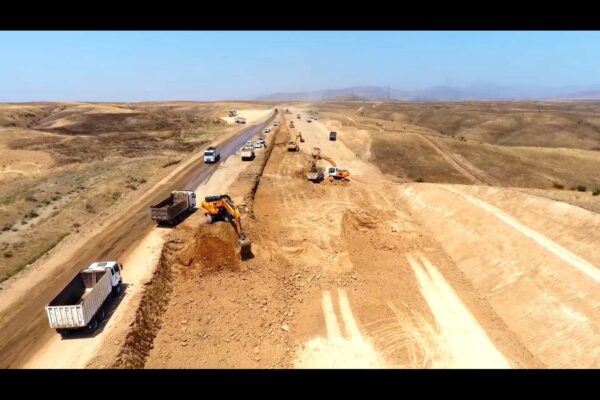Global oversupply to remain; Keeping prices rangebound
by Rohit Sadaka, Director, India Ratings & Research
The global steel industry is grappling with weak demand, persistent oversupply, and rising trade restrictions, creating volatility in prices and supply chains. While India’s domestic demand remains strong—driven by infrastructure and construction—its steel sector faces the threat of low-cost imports. Supportive government measures, benign raw material prices, and resilient credit profiles offer some relief, but global imbalances and import pressures will continue to shape the sector’s FY26 outlook… Read on
The global steel industry is facing challenges due to a weak demand across steel-consuming nations, leading to a global oversupply and the threat of low-cost imports harming domestic industry. As a result, countries imposing import restrictions on exporting nations, exposing those without restrictions to the risk of low-cost imports, impacting their domestic steel industry. Furthermore, the US tariffs on steel products are likely to increase uncertainty in global demand and supply chains. Since global demand and supply are not undergoing significant changes, the import restrictions are causing a reorientation of supply chains. Considering the persistent global oversupply in steel, prices are likely to face headwinds and remain volatile.
The Indian steel sector FY26 Outlook: Ind-Ra has maintained a neutral outlook for the steel sector for FY26 (FY26 Steel Outlook), as it expects the domestic steel demand to continue to grow in a high single digit or low double digits (FY25: 10%, FY24: 12.4%). Consumption growth in FY26 will be driven by the government’s continued spending on infrastructure projects related to roads, rails, ports, etc, and expected demand growth in the end-user industries such as construction, engineering, and automobile sectors. Domestic steel demand is heavily reliant on the infrastructure & construction sectors, which account for 60%-65%, followed by real estate and automobiles. The real gross fixed capital formation is expected to grow around 6.7% yoy in FY26, driven by government and private sector capex.
With the expected ramp-up of capacity utilisation across big domestic players, supply will balance demand Any slowdown in government spending on infrastructure will be a key monitorable. However, the agency expects the global demand-supply imbalance to persist on back of a modest demand recovery in some countries. Furthermore, the imposition of tariffs by many countries on the import of steel will have a persistent threat of high volume of imports into India where demand growth is relatively high.
India’s steel industry is facing headwinds amid the threat of low-cost imports, keeping realisations subdued. However, the government’s recent move to impose a provisional safeguard duty is likely to support profitability in FY26, supported by benign raw material prices. Furthermore, the credit quality of steel manufacturers is expected to remain resilient in FY26, as most large integrated entities had witnessed strengthened balance sheets in FY21 and FY22.
Global oversupply to persist; Despite increase in demand in China: In view of the low demand recovery in most steel-consuming countries along with the import restriction measures adopted by some countries, the global oversupply situation is likely to persist in the near term, resulting in price headwinds. Ind-Ra expects the USD170 billion project hydropower dam in Tibet (announced recently) to consume a high quantum of steel directly and indirectly. Although there will be a reasonable steel demand from the project, it may not change the dynamics significantly considering the high overcapacity. Additionally, Chinese steel producers have changed their product profile, by increasing the share of flat products, which are highly traded in the global market, and decreasing the share of long products due to the slowdown in the Chinese real estate sector. The global oversupply has also resulted from the dependence of some large steel-producing countries on steel exports because their weak domestic consumption unlike India where production and supply move in tandem. However, if there is rationalisation of steel production in countries with excess capacity, the oversupply can be mitigated to some extent. As the oversupply is likely to continue, though it could improve marginally, Indian steel players will continue to face the threat of cheap imports and high competition in export markets.
Raw material price volatility to sustain: The global price of key raw materials in steelmaking (iron ore and coking coal) are likely to face headwinds in line with steel prices. Price volatility will persist due to the expected reduction in steel production which will keep the demand for raw material subdued. Domestic prices are likely to sustain on back of an increase in the supply of iron ore, aligned with the expected rise in demand from the steel industry, thereby maintaining the demand-supply balance. The increase in production is largely due to approvals for increasing mining capacity. However, international trade of iron ore has faced headwinds due subdued demand from China, the largest consumer of iron ore, as domestic demand has remained lackluster. The overall trade of iron ore likely to remain volatile with low demand and margin of Chinese steel players. Prices are likely to remain aligned with finished goods realisation and may increase, if demand in China recovers more than expected, considering China is the largest producer and consumer of steel.
The price of coking coal also moderated to around USD200 per tonne in December 2024 from USD374 per tonne in January 2024, supporting the profitability of steel players amid declining realisations. The coking coal prices have remained rangebound in 2025 at around USD200 per tonne and are expected to continue and follow finished goods realisation. The supply chain for Indian coking coal has also changed over the years with lower reliance on Australia, as imports from Russia and the US have increased. Thus, the share of Australian coal fell to around 70% from above 90% earlier. China and India are the largest consumers of coking coal. While China is expected to reduce the consumption of coking coal due to its low carbon initiatives, demand from India could remain high. This is despite the ongoing intent of creating indigenous coking coal capacities under Coking Coal Mission part of the initiative Atma Nirbhar Bharat. India imports 80%-85% of its coking coal demand.
Steel companies transitioning to EAF route: China is a leading producer of crude steel, and it has been using the traditional blast furnace for majority production. With plans to achieve peak emissions by 2030 and carbon neutrality by 2060, the Chinese government aims to increase the share of crude steel produced from the relatively low carbon emission EAF route to 15% by 2025 (2023: 10%). The US, India, EU and Russia are the regions which have a higher share of crude steel production by the EAF route than the world average. With Business Responsibility and Sustainability Reporting (BRSR) requirements for reporting scope 1/2/3 emissions, companies in the world will be required to transition early to low-carbon emissions. On the contrary, EAF cannot be the only alternative to result in low carbon emissions as the scrap required for EAF will be limited. There will thus be an urgent need to decarbonise the blast furnace basic oxygen furnace (BF-BOF) route.
The global average of CO2 emissions is around 1.92 tonnes per tonne of crude steel casted. This has largely remained consistent from 2021-2023 as per a World Steel report. Carbon intensity is 1.5-1.7 tonnes of CO2 per tonne of steel produced from the EAF route compared with 1.9-2.7 tonnes of CO2 per tonne from the blast furnace route. However, with the difference in the net-zero targets across countries, the applicability of low-emission and timelines of transition to EAF shall be different. Given the impending need for transitioning to a low-carbon economy and meet their net-zero targets, countries have been deploying technology and advancing work on initiatives such as green hydrogen and use of EAF in place of the traditionally used blast furnace. As per International Energy Agency (IEA), the iron & steel industry accounts for around 7% of the carbon dioxide emissions globally that is likely to reduce gradually.
Despite the focus of steel companies globally shifting to increasing manufacturing steel from EAF route, the companies in India are still increasing capacity in the BF route as the capacity addition requirement is high and India’s net zero target is in 2070.
Tags
